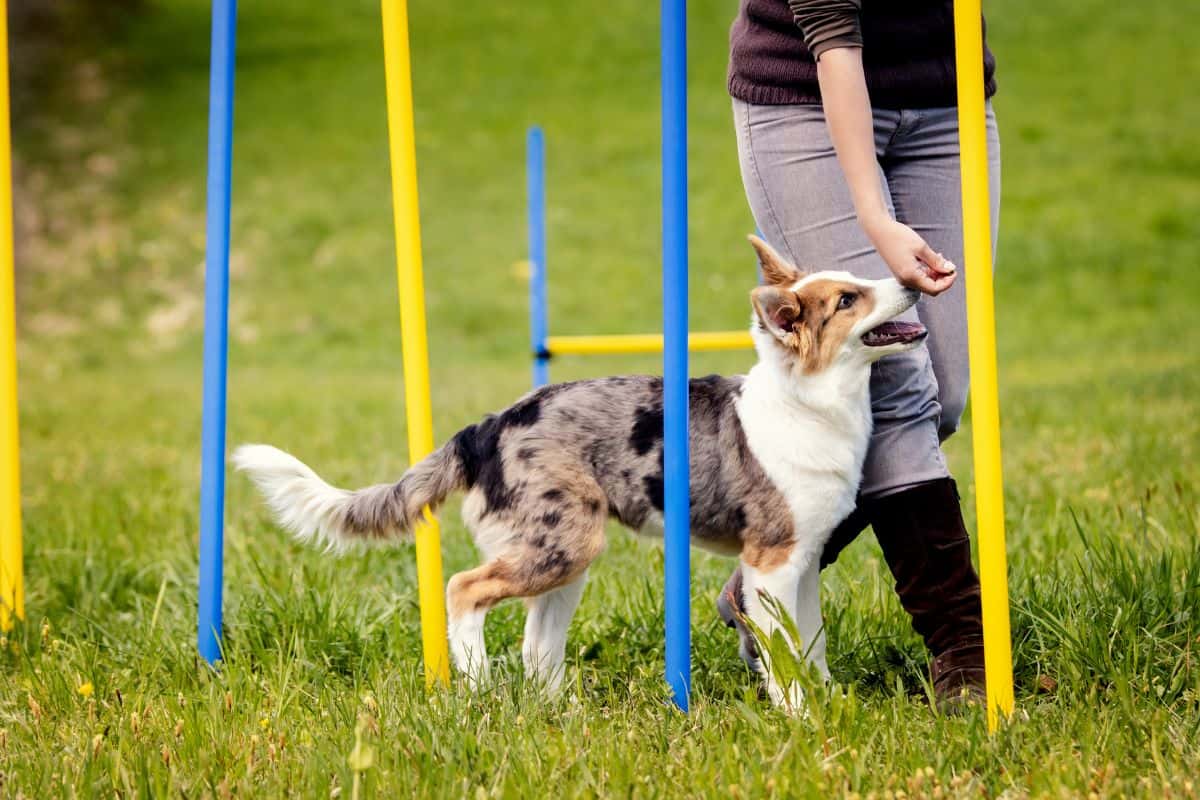
Dog Separation Anxiety Crate Training: Proven Tips for Happy Pets
Share
For health-conscious pet owners, effectively managing dog separation anxiety crate training is essential for ensuring the happiness and well-being of their beloved pets. Dogs suffering from separation anxiety often exhibit distress signals such as incessant barking, destructive behavior, or even desperate attempts to escape. These reactions are not only unsettling but can also pose risks to your dog's health.
Crate training tackles these behaviors by providing a safe and comforting space for your furry friend, helping them cope with their anxiety. When done right, crate training can create a calm, nurturing environment that allows your dog to feel secure during your absence.

Understanding Dog Separation Anxiety
The first step in overcoming separation anxiety is to comprehend its origins and behavioral signs. As social animals, dogs are inherently inclined to form bonds with their human families, which can lead to stress and anxiety when left alone.
Signs of Anxiety
Spotting the signs of anxiety is crucial for effective intervention. Symptoms may include pacing, shaking, drooling, or even accidents in the house. Understanding these indicators helps you gauge the level of anxiety your dog faces.
Benefits of Crate Training
When introduced in a thoughtful manner, crate training can be immensely beneficial. A crate should be viewed not as a confinement tool, but as a personal refuge where your dog can feel safe and secure. This method leverages dogs' innate denning instincts, allowing them to retreat to a comforting space when needed.
Creating a Positive Association
Make the crate an inviting space. Use soft bedding and entice your dog inside with treats to help them associate it with positivity. By fostering this connection, your pet will learn to see their crate as a cozy shelter rather than a place of restriction.
Gradual Introduction
Start with short durations in the crate, allowing your dog to adjust gradually. Increase the time they spend in the crate while youre home before introducing longer periods when you leave. A consistent approach can significantly diminish anxiety over time.
Incorporating Health-Friendly Techniques
Adopt a health-focused strategy by using positive reinforcement techniques during crate training. Reward your dog for calm behavior with treats or gentle praise. This reinforces the perception of the crate as a welcoming and safe space.
For more detailed guidance on positive reinforcement strategies, you might want to visit Dog Barking Training.
When to Seek Professional Help
Though consistent crate training typically yields positive results, some cases may require professional intervention. Severe separation anxiety may necessitate a tailored approach.
Consultation and Training
If you face challenges in managing your dog's anxiety, consider seeking help from certified trainers or animal behaviorists. Their expertise can provide customized solutions that blend crate training with additional supportive techniques to mitigate anxiety.
You can explore structured training options by checking out Washing Dog Harness.

FAQ
What size crate should I get for my dog?
Your crate should be spacious enough for your dog to stand up, turn around, and lie down comfortably. Avoid oversized crates, as they might diminish the sense of security.
How can I make the crate more comfortable?
Include soft bedding and add familiar toys or clothing with your scent. These personal touches can help your dog feel more comfortable and secure inside the crate.
How long does crate training take?
The time it takes to crate train can vary widely between dogs. Some may acclimate within a few days, while others may require weeks. Patience and consistency are key.
With patience and guidance from reliable sources such as CareCredit, you can turn the daily hurdles of dog separation anxiety into moments of comfort and joy for both you and your pet.
This article contains affiliate links. We may earn a commission at no extra cost to you.
